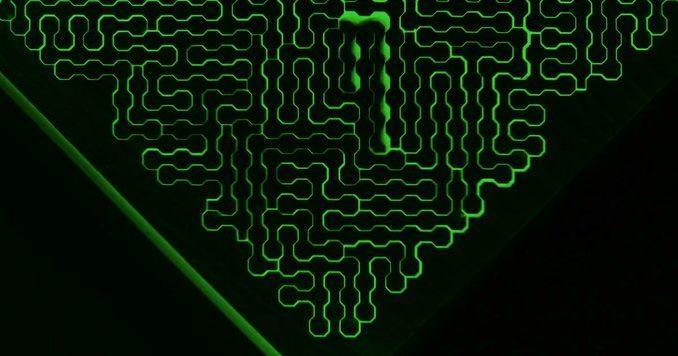
In 2018, climate simulations were the third-largest use of computing cycles at a leading U.S. supercomputing cluster. The study of quarks and other subatomic particles came in second.
Topping the list was the most heavily cited idea in the physical sciences — though few have ever heard of it.
“It’s ridiculously important,” said Kieron Burke, a theoretical chemist at the University of California, Irvine. “It’s one of the most important things in science.”
Science’s best-kept secret goes by the name of density functional theory (DFT), and it is the chief method physicists and chemists use to understand just about anything more complicated than a hydrogen atom. For decades, researchers have harnessed DFT’s abilities to predict everything from the taste of coffee to the consistency of Jupiter’s core.
DFT gives scientists a powerful shortcut for predicting where electrons will go and, by extension, how atoms, molecules and other objects clothed in electrons will act. Physicists and chemists have long drawn on deep physical expertise to make their equations better reflect the intricate dance common to all electrons. But recently, new tools designed by neural networks are rivaling and, in some ways, outperforming their hand-crafted forerunners. Some researchers now believe machine learning could help researchers take larger and faster steps toward a master electron equation that would unlock the secrets of novel drugs, superconductivity and exotic materials.
